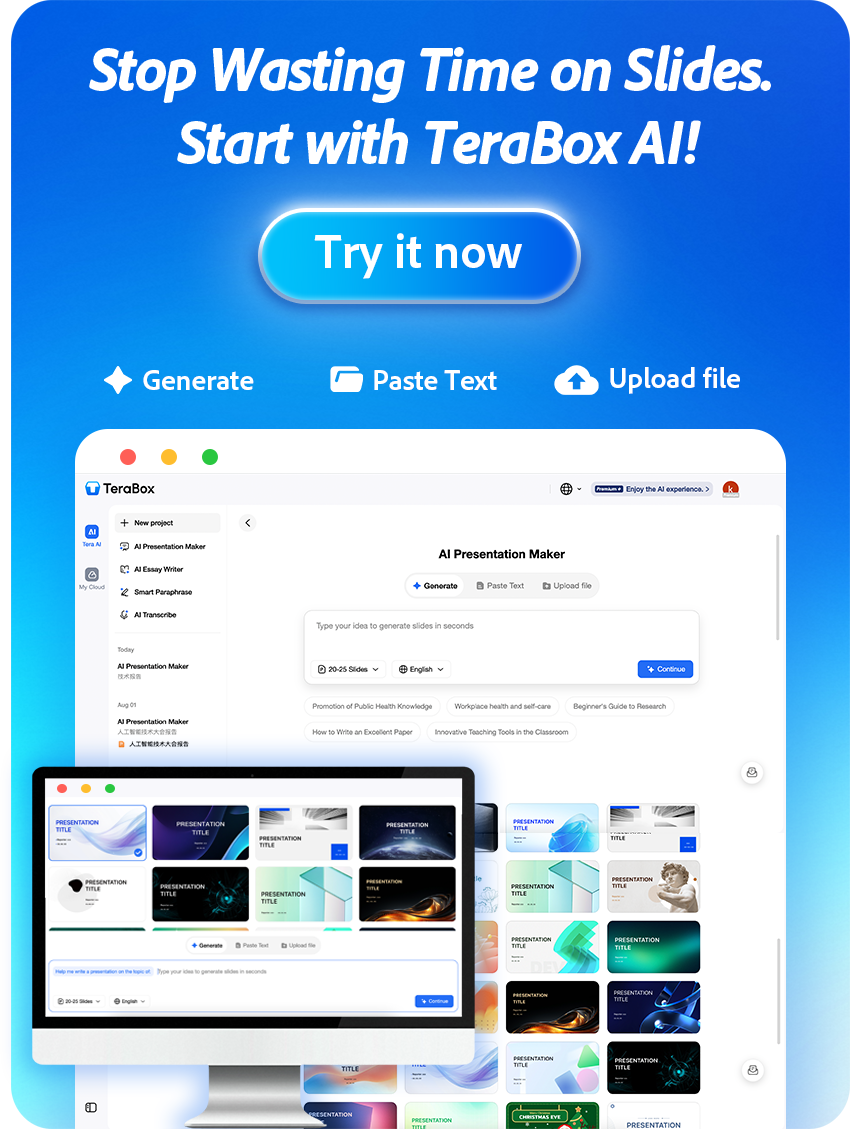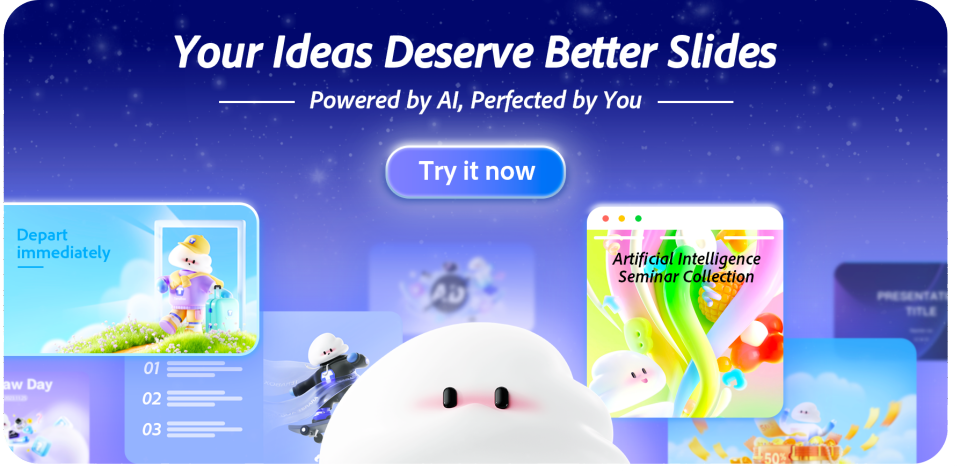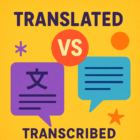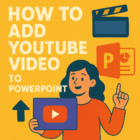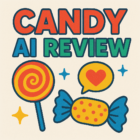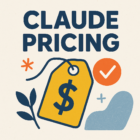Choosing the right paper presentation topic is the single best step you can take to make your presentation memorable and effective. A strong topic guides your research, shapes your slides, and helps you connect with the audience from the first minute. For example, an AI demo works well at a computer science seminar, while a talk on sustainable living will land better at a public forum — the field and audience change what “best” means.
This guide walks you through how to pick paper presentation topics that match your interests, fit the event, and offer real benefits: clearer structure, stronger engagement, and greater confidence when you speak. You’ll get practical ideas, quick validation steps, and simple tips to refine a working title into a presentation people remember.
Why Topic Selection Matters More Than You Think
The topic you pick shapes the entire presentation — it affects how much the audience pays attention, how confidently you speak, and the overall impact of your message. A well-chosen topic can turn a routine talk into a memorable experience for judges, peers, or a public audience.
- Boosts engagement: Topics that match audience interests pull people in and keep them listening — for example, “digital privacy” at a media studies event or “AI in daily life” at a general tech forum.
- Builds presenter confidence: When you care about your topic, your delivery is more natural and persuasive, which improves audience response.
- Affects judgment and takeaway: Relevance and a fresh angle increase the chance judges or attendees will remember your presentation positively.
Many general paper presentation topics have broad appeal and work across event types. Consider themes like sustainable living, digital privacy, or the impact of social media — they translate well for mixed audiences and can be framed for different fields.
Micro action: write down three key traits of your audience now (background, likely interests, and what they already know) — this simple step will help you narrow topics with the biggest potential impact.
Key Factors to Consider When Choosing a Paper Presentation Topic
Selecting the right paper presentation topic means balancing relevance, personal interest, appropriate complexity, and a scope that fits your allotted time. Use the quick checklist below to evaluate any idea before you commit — these practical questions turn vague concepts into solid presentation topics.
1) Relevance: Aligning your topic with current trends or your academic field.
Do: Tie your topic to a clear trend, recent development, or the event theme (for example, reference a 2024 report on AI adoption if you’re in tech). Don’t: Pick a subject that feels interesting to you but has no link to attendees’ expectations.
- Example: For a marketing symposium, choose “Data-driven customer segmentation” rather than “history of advertising.”
- Quick question to apply: How does this topic matter to my audience right now?
2) Interest: Picking a subject you’re genuinely passionate about.
Do: Choose a topic you can speak about enthusiastically — passion increases clarity and delivery quality. Don’t: Force a trendy topic if you have no genuine interest; your lack of enthusiasm will show.
- Example: If you love sustainability, frame a tech angle: “Green computing: reducing data-center energy use.”
- Quick question to apply: Will I be happy researching and presenting this for the next few weeks?
3) Complexity: Balancing depth with audience understanding.
Do: Match complexity to the audience’s background — simplify jargon and illustrate concepts with examples or data. Don’t: Overload slides with technical detail for a general audience.
- Do/Don’t micro-guidance: Do explain one core concept clearly; Don’t try to teach an entire field in one talk.
- Example: For a non-technical crowd, present “AI in daily life” with 3 concrete use-cases and one short demo or visual.
- Quick question to apply: What background knowledge can I assume — novice, informed, or expert?
4) Scope: Ensuring your topic fits within time limits.
Do: Narrow a broad idea into a focused title and 3–5 supporting points. Don’t: Attempt to cover everything — depth beats breadth in timed presentations.
- Trim-by-time guide:
- 5 minutes — 1 main point + 2 supporting examples.
- 10–15 minutes — 2–3 subpoints with one data slide each.
- 20+ minutes — allow for methods/data, results, and implications sections.
- Example: Instead of “Climate change,” use “Urban heat islands: low-cost cooling solutions for cities.”
- Quick question to apply: Can I explain my topic in one sentence and list 3 key takeaways?

Exploring the Different Types of Paper Presentation Topics
Selecting the right types of paper presentation topics helps you match content to the audience’s background and the event’s purpose. Below are three practical categories — with “best for,” quick examples, and slide-template tips — so you can choose the style that fits your occasion and craft a presentation that connects.
1) General Paper Presentation Topics: Ideal for interdisciplinary or non-technical audiences.
Best for: mixed-audience panels, college seminars, community events.
Why use them: General presentation topics bridge fields and rely on stories, cases, and accessible examples to make ideas relatable to people from many backgrounds.
- Examples: climate change and urban life, social media’s impact on culture, digital privacy and everyday people.
- Slide template tip: 1–2 slides for context, 2–3 case studies or human stories, 1 slide for takeaways and action.
- Interdisciplinary idea: “Food culture and sustainability: urban farming for the future.”
2) Technical Paper Presentation Topics: Best for engineering, science, or IT events.
Best for: specialist conferences, department research seminars, industry tech talks.
Why use them: Technical topics dig into methods, data, and development details that appeal to experts and provide actionable insights for practitioners.
- Examples: advancements in renewable energy tech, machine-learning model evaluation, scalable data platforms for real-time analytics.
- Slide template tip: 1 slide for question/motivation, 1–2 for methodology, 2–3 for data/results, 1 for implications and next steps.
- Interdisciplinary idea: “AI-assisted diagnostics: combining biotech data and ML models.”
3) Creative and Emerging Topics: Perfect for innovation-driven presentations.
Best for: innovation showcases, design and art forums, startup pitch sessions.
Why use them: These topics highlight future trends, new forms of media, and creative intersections (art + tech, fashion + sustainability) that spark curiosity and discussion.
- Examples: virtual reality in art and gaming, the rise of sustainable fashion, remote work tools shaping the future of work.
- Slide template tip: open with a provocative example or short video, show the innovation’s current state, demo or visuals, end with opportunities and risks.
- Interdisciplinary idea: “Culture, fashion, and tech: wearable art that responds to climate data.”

Best Paper Presentation Topics by Category
When choosing the best paper presentation topics by category, pick titles that match the audience’s interests and the event’s level — that makes it easier to hold attention and deliver impact. Below are concrete working-title ideas (with a one-line reason why each works) and a quick mini-template you can copy.
1) Technology & Innovation: AI, robotics, green tech.
- Working title: “AI for Small Businesses: Practical Tools to Improve Marketing ROI” — Why this works: cross-disciplinary appeal (tech + marketing) and clear benefits for practitioners.
- Working title: “Robotics in Everyday Life: From Warehouses to Home Helpers” — Why this works: relatable examples that engage people beyond engineering circles.
- Working title: “Green Computing: Reducing Data-Center Energy Use” — Why this works: timely tech + sustainability angle that fits many audiences.
2) Health & Science: Biotechnology, medical breakthroughs.
- Working title: “AI & Ethics in Healthcare: Balancing Speed and Safety” — Why this works: strong cross-over between health, data, and policy; high audience impact.
- Working title: “mRNA Beyond Vaccines: New Directions in Biotechnology” — Why this works: topical science that sparks curiosity and discussion.
- Working title: “Community Health Tech: Low-Cost Tools for Rural Clinics” — Why this works: practical benefits and human-centered examples that connect with non-specialists.
3) Social Issues & Education: Sustainability, digital learning.
- Working title: “Digital Learning After 2020: What Students and Teachers Actually Need” — Why this works: timely, wide interest, and useful takeaways for educators and administrators.
- Working title: “Sustainable Cities: Nature-Based Solutions for Urban Heat” — Why this works: combines science, policy, and community impact for broad appeal.
- Working title: “Social Media and Civic Life: How Platforms Shape Public Opinion” — Why this works: media-focused, accessible to mixed audiences.
4) Business & Management: Startups, leadership trends.
- Working title: “Lean Startups in Emerging Markets: Strategies That Scale” — Why this works: practical for entrepreneurs and business students; ties into economy and development themes.
- Working title: “Remote Leadership: Managing Culture and Productivity in a Distributed Team” — Why this works: high relevance for people dealing with hybrid work realities.
- Working title: “Data-Driven Decision Making for Small Teams” — Why this works: actionable, appeals to managers and product teams.
Mini-template to use immediately: Category → Working Title → 3 key points (Problem, Evidence/Data, Practical Takeaway). Example: Technology → “Green Computing” → 1) energy footprint of data centers, 2) case study with data, 3) 3 low-cost actions for IT teams.
How to Research and Validate Your Topic
Good research proves your topic matters and shows whether your idea is original enough to stand out. Follow a short, practical checklist to validate presentation topics quickly — this will save time and make your slides and delivery more credible.
1) Use academic journals, trend reports, and news portals.
Start with a mix of sources: peer‑reviewed journals for scientific credibility, industry trend reports for what’s hot, and reputable news portals for real‑world examples. For science or health topics, prioritize recent journal articles; for media or business topics, include market or trend reports.
- Search tip: combine keywords like “renewable energy adoption 2023 site:.gov” or “digital learning effectiveness meta-analysis”.
- Where to look: Google Scholar, university library databases, industry reports (McKinsey, Pew, Gartner), and major news outlets.
2) Check if your idea is fresh — avoid overused topics.
Run quick searches to see how often your exact topic or title appears. If many recent papers or conference presentations use the same phrase, either find a unique angle or narrow the scope.
- Heuristic: if fewer than ~5 close matches appear in scholarly databases for your specific working title in the last 3 years, your idea is likely to be fresher — treat this as a guideline, not a rule.
- Example check: search “AI in primary care decision support 2022..2024” — if many results appear, refine to a narrower question (e.g., deployment barriers in small clinics).
3) Use Google Scholar, ResearchGate, or conference archives for validation.
These platforms reveal how often a topic appears in academic and conference settings. Conference archives show what judges and peers have recently heard; ResearchGate and preprint servers can indicate emerging trends before formal publication.
- Search strings: put your working title in quotes, then add keywords like “review”, “systematic”, “case study”, or a year range to filter recency.
- Note on access: some journals are paywalled — use abstracts, preprints, or institutional access; consider contacting authors for copies if needed.
Quick validation example: pick a working title, run three searches (Google Scholar, a trend report site, and a recent conference program). If each source yields new angles or recent data, you’ve got a viable topic; if results are saturated, pivot to a distinct niche or case study.
Also: keep citation etiquette in mind — record full references as you research and run your final draft through a plagiarism checker if you rely heavily on others’ wording or figures.
Tips for Refining Your Topic Before Presentation Day
Refining your presentation topic before rehearsal makes your message clearer, your slides stronger, and your speaking more confident. Use the short templates and practical checks below to turn a broad idea into a tight, audience-ready title.
1) Narrow broad themes into clear, specific titles.
Template: Broad idea → Working title → 3 subpoints → 1-sentence takeaway.
- Before: “Climate change” → After: “Urban heat islands: low-cost cooling for dense neighborhoods.”
- Before: “AI in healthcare” → After: “AI triage tools for rural clinics: benefits and deployment barriers.”
- Quick tip: your working title should tell the audience the problem and the angle in one line.
2) Test your topic by presenting it to peers or mentors.
Practice a 3-minute pitch of your working title and key points with a peer or mentor. Their reactions reveal whether your idea is clear, interesting, and appropriately complex.
- What to ask peers: “What would you expect from this talk?”; “Which part confused you?”; “What would make it more useful?”
- Mini-rehearsal checklist: 1) 3-minute pitch, 2) 5-slide demo (title, problem, 2 evidence slides, takeaway), 3) record one round of feedback.
- Capture exactly three pieces of feedback to act on — clarity, evidence, and actionability — then revise the title or one subpoint accordingly.
3) Adjust based on audience feedback and event guidelines.
Adapt your scope and language to fit event rules (time limits, format) and audience profile (students, researchers, managers). A small change in framing can make the same topic work for different people.
- Slides guidance (rule of thumb): aim for ~1 slide per minute, fewer for heavy data slides.
- Rehearsal timing: run a full timed rehearsal and remove or condense any section that pushes you past the limit.
- Example adjustment: For a management audience, emphasize practical takeaways and ROI; for an academic audience, expand methods and data.

| Refining Strategies | Benefits | Audience Impact |
|---|---|---|
| Narrowing Themes | Improved clarity | Increased engagement |
| Testing with Peers | Genuine insights | Enhanced understanding |
| Adapting to Feedback | Greater relevance | Higher retention rates |
Micro-CTA: Run one micro-practice session this week — 3-minute pitch + 5-slide demo — and collect three concrete suggestions to improve clarity, evidence, and takeaway. Small iterations before presentation day pay off in speaking skills, confidence, and audience response.
Common Mistakes When Choosing Paper Presentation Topics
Choosing the wrong topic undermines your delivery, reduces audience engagement, and wastes preparation time. Avoid these common pitfalls when selecting presentation topics and apply the fixes to make your idea stronger and more memorable.
1) Selecting overly complex or irrelevant topics.
Example mistake: proposing “Advanced quantum algorithms for error correction” for a general science seminar made up mostly of undergraduates.
- Why it fails: excessive technical depth can confuse people and lose attention.
- Fix: simplify the angle or connect the concept to everyday reality — e.g., “Why quantum computing matters: real-world problems it could solve.”
2) Ignoring the event theme or audience profile.
Example mistake: delivering a dense data-science talk at a humanities conference where attendees expect cultural context.
- Why it fails: mismatch with audience expectations creates a disconnect and lowers perceived relevance.
- Fix: reframe the topic to match the audience — for the humanities crowd, emphasize societal impact and stories rather than algorithms.
3) Copying popular topics without personal input.
Example mistake: choosing a widely used title like “AI in Healthcare” with no unique angle or case study.
- Why it fails: popular topics feel stale if they offer only generic summaries; judges and people remember unique perspectives.
- Fix: add your own data, a local case study, or a fresh question — for instance, “AI in Healthcare: barriers to adoption in community clinics.”
Quick self-check (does your topic pass these 3 tests?):
- Is it understandable to your expected audience?
- Does it match the event theme or format?
- Does it include at least one original angle or practical takeaway?
If you answered “no” to any of these, revise your topic using the simple fixes above — small changes in framing often make a big difference in audience response and presentation success.
Conclusion
Choosing the right topic is the single most important decision you make when preparing a presentation. The right topic improves your confidence, increases audience engagement, and makes it easier to structure slides and delivery for maximum impact. Whether you lean toward general ideas or technical deep dives, the goal is the same: a clear, original topic that fits your audience and the event.
Before you finalize your title, do two quick steps that pay off immediately:
- Step 1 — Define your audience: list three audience traits (background, likely interest, what they already know) and use them to frame your topic.
- Step 2 — Test a working title: pitch it in one sentence to a peer and note one piece of feedback to improve clarity or relevance.
Investing a little time in research and refinement changes the impact of your talk — it affects how people remember your ideas and the difference your presentation makes afterward. Explore both general and technical paper presentation topics to find the best fit for your field, and check the FAQ below for quick, practical tips on specific questions like audience fit, finding trending ideas, and avoiding common pitfalls.
Now: pick one working title, run the two steps above, and you’ll be well on your way to a more effective presentation with better engagement and clearer benefits for your listeners.
